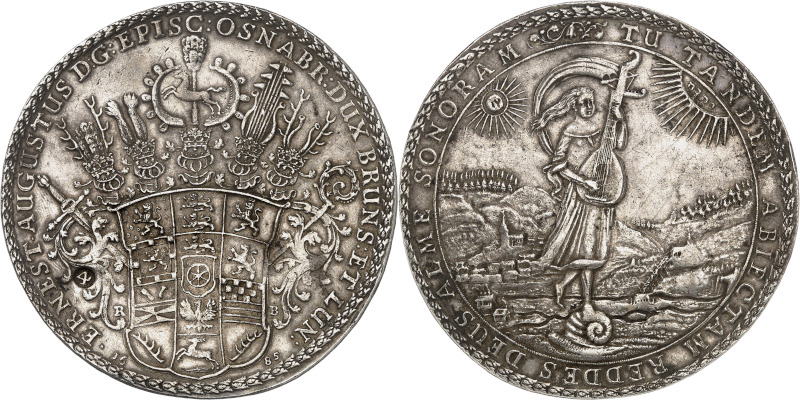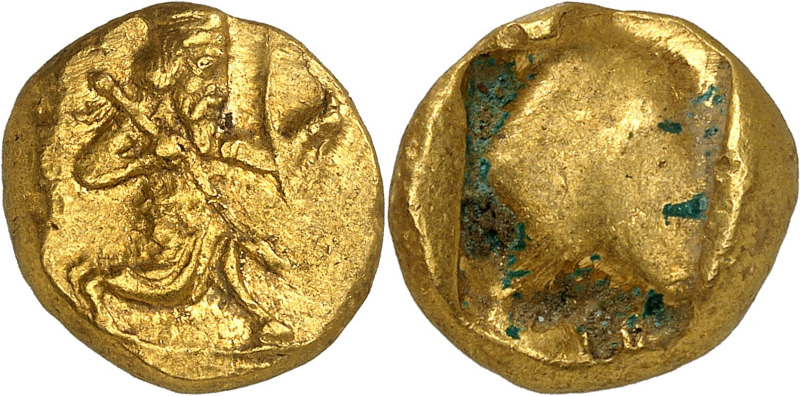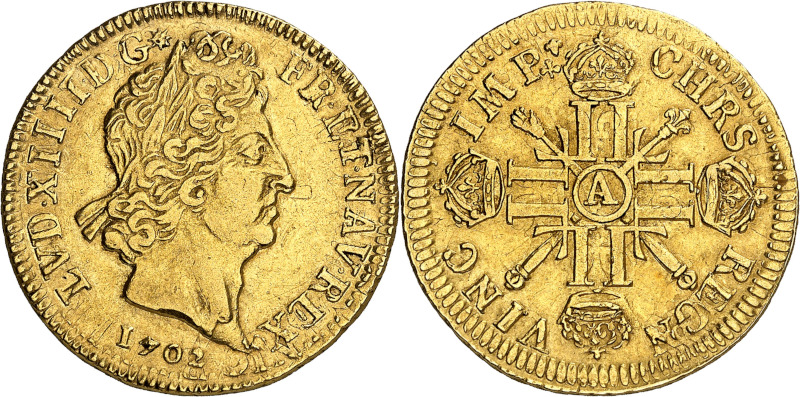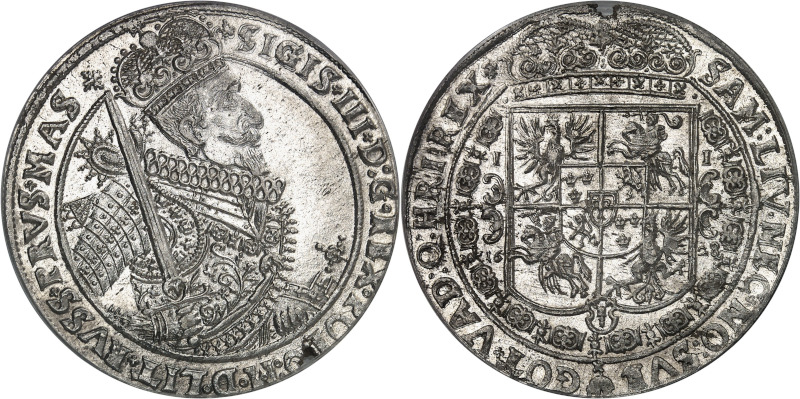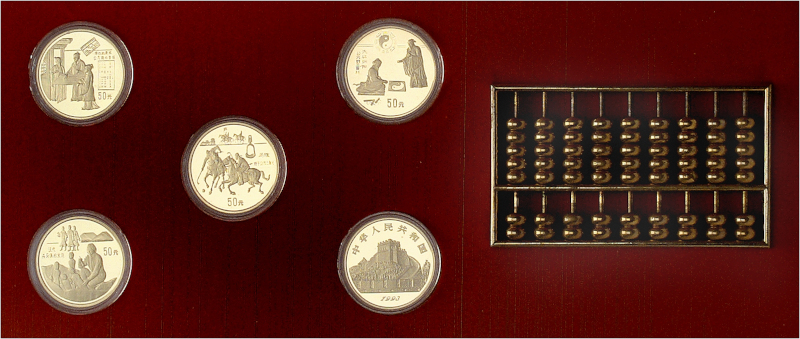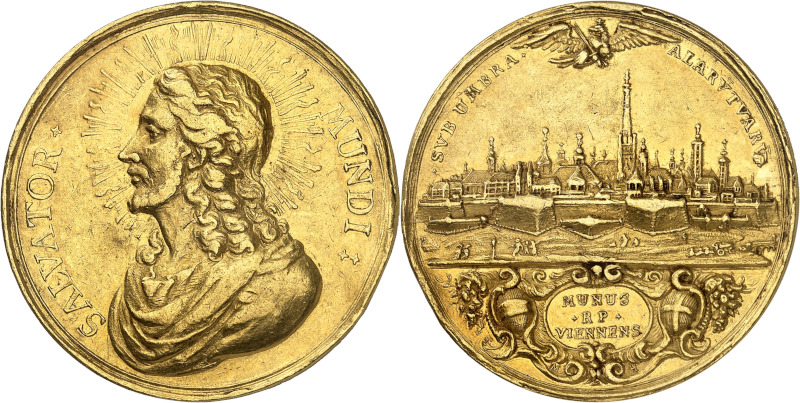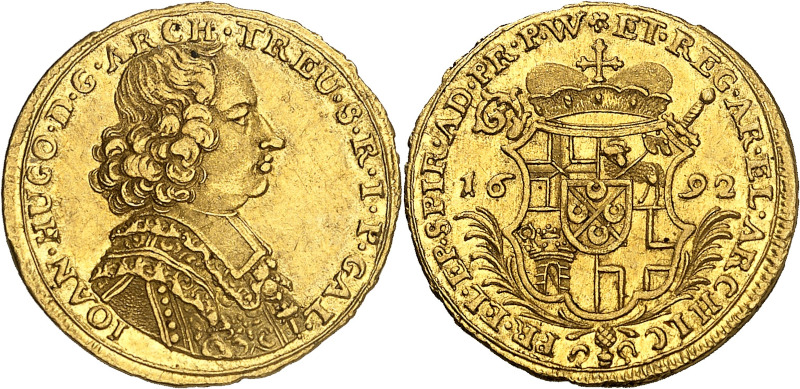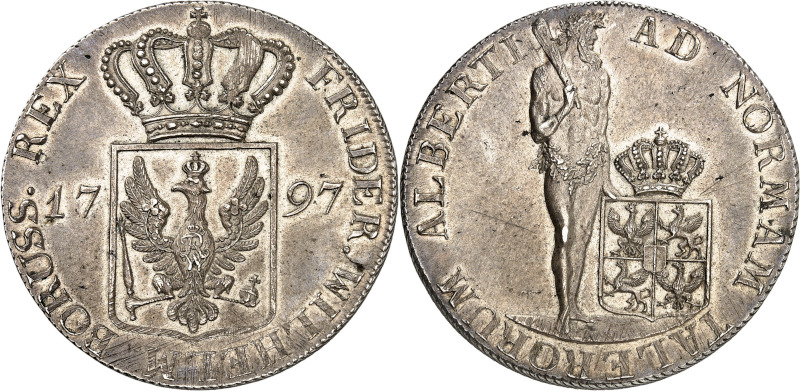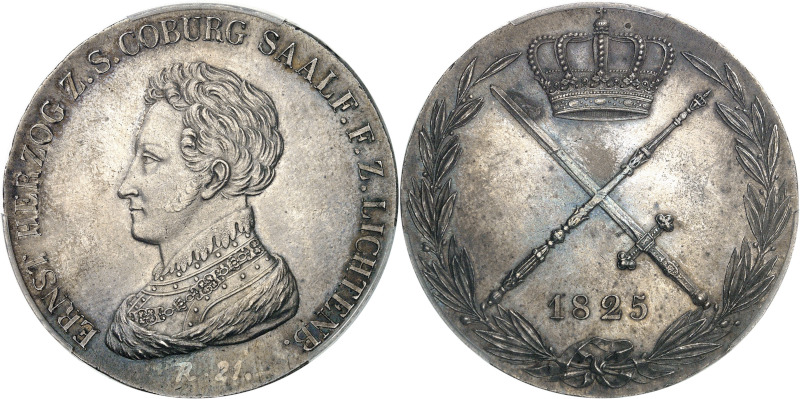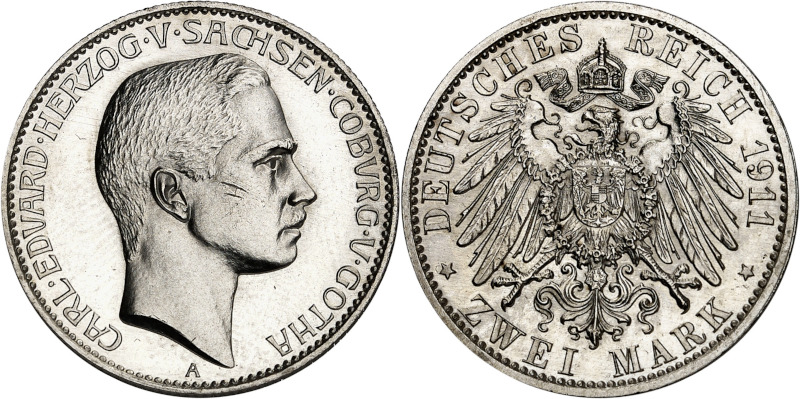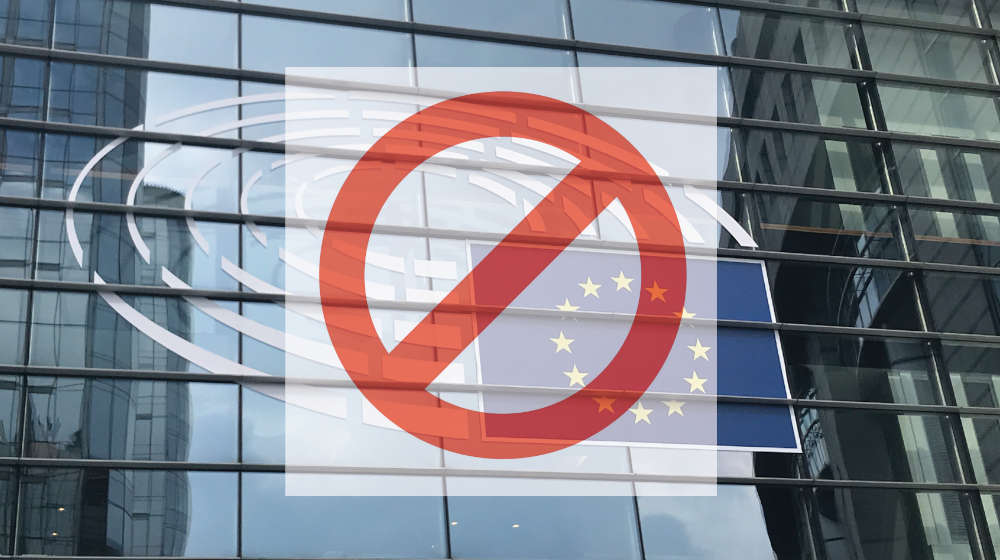Is the EU Sleepwalking Into an Art Market Nightmare?
It is now just over two years until enforcement is due for the European Union’s new import licensing regulation 2019/880 for cultural property. The electronic licensing system, known as ICG (Import of Cultural Goods), to be used by Customs is due to be up and running by June 28, 2025. Assuming this deadline is met, anyone wishing to import cultural goods created outside the EU into the EU must follow the new rules, either with regards to applying for an import license or by issuing an importer statement.
Content
Why is this happening?
The objective is to prevent cultural goods being used to facilitate crime, specifically money laundering and terrorism financing. As the ADA and IADAA have argued since the proposals for these measures were first made, the evidence to show that cultural goods present such a criminal risk to the EU is not there. As the Facts & Figures page on the ADA website demonstrates, both reports ordered by the European Commission to find such evidence turned up nothing of significance on the money laundering front and nothing at all relating to terrorism financing. Indeed, the second report (by Ecorys) was commissioned after the first (by Deloitte) failed to do so and the Commission delayed publishing the second report until after the measures had been adopted. Could this delay have been prompted by the authors’ admission on page 15 and elsewhere in the report that the evidence was not there?
The EU’s own review body, the Regulatory Scrutiny Board, was highly critical of the proposals both initially, when it rejected them while quoting the Commission’s bogus data, and even as it finally passed them.
The crisis of policy making at the heart of this issue is that the EU’s precautionary principle for law making clashes with the European Commission President’s guide on policy making.
Effectively, the precautionary principle prompts policy to be made on the basis of risk avoidance: introducing measures to prevent a potential problem that has not yet happened. By its nature, this means that evidence of such a problem on the ground will be missing. However, the EC President’s guiding principles demand that policy and regulation be made on the basis of evidence. They should also be balanced, proportionate, and should not unduly damage personal or business interests. There is even a clause which stipulates that a one-in-one-out rule for legislation should operate for new regulations in the same area of policy, although this has not happened with cultural property.
It is easy to see how this paradox can cause problems as officials attempt to meet the requirements of both sets of principles. In the case of Regulation (EU) 2019/880 for cultural goods, it led to the Commission making claims of evidence that were not true – and which were easily exposed as such. For those in the art market significantly affected by the proposals, such as the antiquities trade, the regulation clearly breached the European Commission President’s guiding principles.
What does it mean?
While those supporting the regulation believe it will act as a significant deterrent to criminals, the art market regards the introduction of the regulation as an act of self-harm for the EU. External markets in the US, UK and Far East will be subject to the measures when exporting to the EU, just as EU auction houses, dealers and collectors will be when importing cultural goods created elsewhere in the world.
Much of the controversy stems from the fact that those drawing up the regulation appear to have little understanding of how the legitimate art market works; the leading European Commission official overseeing the introduction of the law had no idea – and was shocked to discover – that it was legal to trade in antiquities at all when art market representatives met them in Brussels. The resulting compliance measures risk being so onerous and costly in terms of both time and money that they will kill off significant levels of international trade with the EU. Some of the demands also create unacceptable levels of legal liability for importers – a further reason for abandoning trade with the EU.
How easy will it be to comply?
On June 24, 2021, the European Commission published Regulation (EU) 2021/1079, which set out detailed instructions for importers on what would be required. Instructions were divided in two: one set for those having to apply for import licenses, another for those filing importer statements.
Import licenses will be required for goods deemed to be in a higher risk category when it comes to crime. These include antiquities, items relating to archaeological sites, and liturgical icons. For anyone who thinks this comprises a tiny part of the art market, it should be remembered that antiquities here include native and tribal art from South America, North America and Africa, Asian art from China, Japan, Cambodia, India and Thailand, as well as Oceanic art from the Pacific cultures, and Middle Eastern and North African artefacts. It should also be noted that no value threshold applies here, so even the least expensive artefact must be subjected to this process.
In general terms, the process of applying for an electronic import license will be as follows:
- The submission of the application by the holder of the goods.
- Any request by the competent authority for missing or additional information from the applicant in accordance with Article 4(6) of Regulation (EU) 2019/880.
- Any submission of additional information or document by the applicant, following a request from the competent authority.
- Any decision taken on the application by the competent authority.
- The expiry of a 90-day period following the reception of the complete application, without a decision by the competent authority.
Several issues arise as a result: uncertainty over the level of information customs might require; how much additional information might be requested; how many additional requests might be made; how many languages into which the applicant might be required to have all of their documentation translated; how long it might take to process the application; and how much all this will cost, especially as the regulations stipulate that all costs must be borne by the applicant, even when they arise as a result of demands from or delays by customs.
While the regulations include exceptions for goods being imported on temporary loan for educational and research purposes, as well as exhibition, they apply rigorously when any transaction is involved.
Documents that the importer must submit include – but are not limited to: sales invoices; insurance documents; transport documents; condition reports; property titles, including notarised wills or handwritten testaments declared valid under the laws of the country were they were established; declarations under oath of the exporter, the seller or other third party, which were made in a third country and in accordance with its laws, testifying as to the date on which the cultural good has left the third country where it was created or discovered or other events supporting its licit provenance; expert appraisals; publications of museums, exhibition catalogues; articles in related periodicals; auction catalogues, advertisements and other promotional sales material; and photographic or cinematographic evidence, which supports the legality of export of the cultural good from the country of interest or allows to determine when it was located there or when it exited its territory.
The challenges of submitting export licenses
One of the biggest challenges – acknowledged by the lawmakers – is that so many of the items falling into this category have been circulating for such a long time in the market that they lack any documentation demonstrating the legality of their original export from the source country. The regulation, which demands proof of original legal export from the source country under the local laws of the time – or proof that no such laws existed – provides an alternative in these circumstances: “the application may be accompanied instead by any supporting documents and information providing evidence that the cultural goods in question have been exported in accordance with the laws and regulations of the last country where they were located for a period of more than five years and for purposes other than temporary use, transit, re-export or transshipment”.
This may sound fine, but if an item has been traded several times in relatively quick succession, the importer will have to go back through its history until they find the time where it was last in one country for an uninterrupted period of five years and provide the proof of this.
What’s more, the regulation also stipulates that acceptable proof will only come in the form of an export certificate or license from the exporting country. This could prove tricky as no obligation has ever existed to retain an export license or certificate once used – nor does it today. Other issues arise with licenses where they do exist, as they are often not of sufficient detail to confirm the legitimacy of the objects they relate to.
This is not the end of the challenge. The competent authority (usually customs) can make multiple requests for additional information within 21 days of the original application being submitted. The applicant has 40 days to reply. Only when customs deem the application complete will the clock start ticking, giving them 90 days to decide on whether to issue the license or not.
Although the regulations provide detailed explanations of reasons for rejecting an application, they do not set a time limit on any delay between deciding to award a license and actually issuing it. While the establishment of the electronic system (ICG) means delays should be minimal, staff shortages or technology issues might intervene. Even without such delays, the time lapse between an initial application and the decision to grant a license could be as long as 151 days (five months) – a significant barrier to smooth-running trade. And that’s without considering the costs involved, especially where individual licenses might be required for every object in a container being shipped.
The regulation also permits member states within the EU to decide on how many customs offices to devote to the process and even where they can be located. Any state wishing to make life difficult for the trade might keep that number low and locate the office(s) far from the usual ports and trade routes.
Cost implications for the art market
Whatever else, the cost implications even at this stage point to low value items, and possibly even more expensive pieces, no longer being imported into the EU.
Other classes of cultural goods that only need an importer statement, rather than a licence, may seem to have got off lightly – especially because the rules will only apply to items valued above €18,000 – but the devil is in the detail.
For a start, they must provide a standardized document that describes the goods “in sufficient detail for them to be identified by the authorities and to perform risk analysis and targeted controls”.
According to the template provided in Annex II of regulation 2021/1079, sufficient detail must include at least the following: the appropriate customs code and unique ID code; a description of the type of good; its materials; the techniques of manufacture; its title or name; its subject; its date; its maker; its origin; its description; and its customs value. The application must also include at least seven photographs of the item, all from different angles and including measurements; additional photographs of any markings; additional photographs of any distinguishing features with accompanying descriptions; any further supporting documentation (not defined); plus, personal details from name and address to EORI number.
What seems most unfair is that an importer must also take responsibility “under penalty of law” for the validity of all documentation submitted. This includes documentation provided by all past owners, most of whom they will have had no contact with. What if one of those past owners from some time ago forged a document included?
Much remains uncertain with this legislation and its enforcement. It is not really clear what happens if the ICG system is not up and fully working by the deadline; there seems to be no provision for such a delay.
Just as uncertain is the sheer volume of applications for licenses or importer statements. Does the European Commission really understand what customs will face?
The very least that needs to happen is a wide-reaching review of the likely impact of these measures before they are introduced, and that needs to happen now. As things stand, the EU appears to be sleepwalking towards disaster with this regulation at the very time when its art market has an unprecedented opportunity to expand.
Source
This article was first published at the Antiquities Forum. The Antiquities Forum is an online information service run by trade associations the ADA and the IADAA concerning Middle Eastern, North African and European antiquities. The Forum’s objective is to provide accurate, transparent information on the subject of antiquities, to analyze relevant information provided by others, and to suggest workable solutions for the public benefit.






